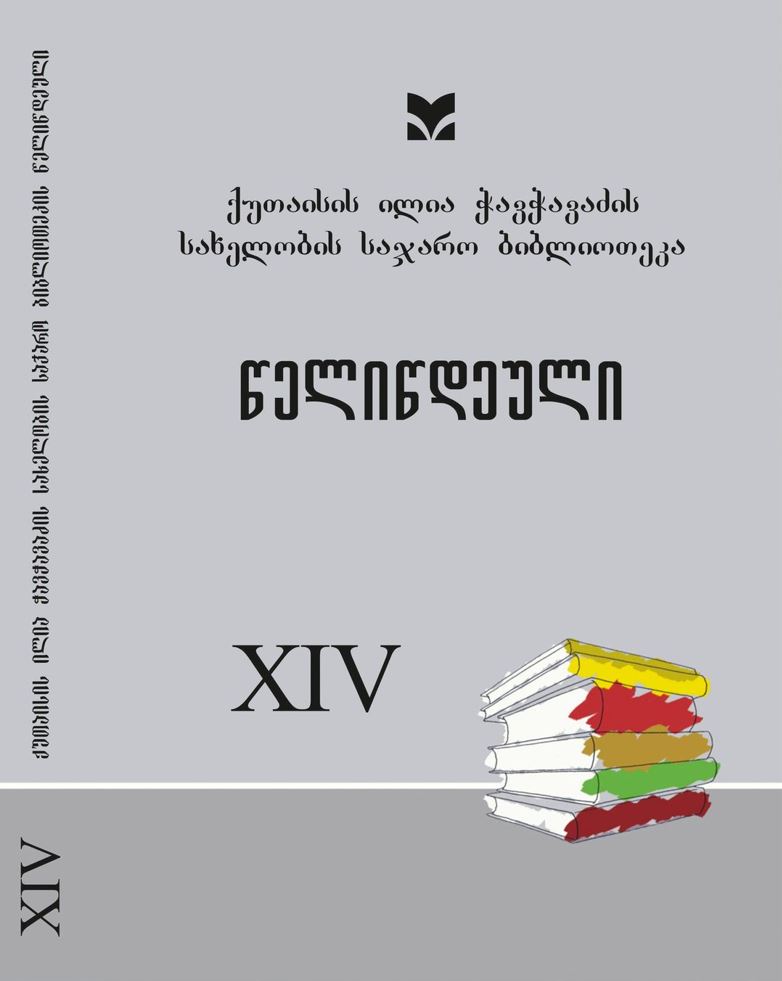The Confrontation between Georgians and Abkhazians – Examining the Impact of Propaganda on Societal Dynamics
DOI:
https://doi.org/10.61491/yk.14.2022.7004Keywords:
Russian policy in Abkhazia, Russian military propaganda in Abkhazia, Psychological war in Abkhazia, Separatist movement in AbkhaziaAbstract
This article examines the role of propaganda in shaping the confrontation between the Georgian and Abkhazian populations during the late 1980s. With theemergence of the national liberation movement in Georgia, various non-governmental organizations, historians, scientists, and writers with separatist leanings became influential voices in Abkhazia. These actors capitalized on the nascent theories of mass media effects, including framing, persuasion, and conflict, to shape public opinion. Additionally, Russian military special propaganda tactics were employed successfully to exacerbate divisions between the Georgian and Abkhazian communities, employing manipulative tactics and disseminating disinformation among both combatants and civilians. The primary objective was to incite mutual hatred and discord. In the pursuit of promoting separa-tism in Abkhazia, „Black propaganda“ was deployed, allowing for the complete distortion of reality to achieve propaganda goals. Falsification and manipulation of history, repeated dissemination of fabricated narratives, and the portrayal of unknown heroes were common strategies employed. Publications such as „Бзибь“ in Russian and Abkhaz languages, „Aidgilara“ in Abkhazian, and „Единение“(edinenie) in Russian were uti-lized by „Aidgilara“ to propagate its message to the Russian-speaking and Abkhazian-speaking populations. The articles published in these newspapers depicted Abkhazians as oppressed and Georgians as oppressors, focusing on specific themes that intensified over time, fostering animosity towards Georgians through propa-ganda techniques. These themes encompassed the settlement of Georgians in Abkhazian territories, the displacement of the Abkhazian language by Georgian, the closure of Abkhazian schools, the substitution of Abkhazian toponyms with Georgian names, preferential appointments of Georgians to leadership positions, bi-ased interpretations of the events of April 9, 1989, and the partial coverage of the tragedy of July 15-16, 1989. The Georgian-language press in the Autonomous Republic of Abkhazia, including „Voice of Abkha-zia“, „Golden Fleece“, „Kolkhetian Diadem“, and „Apsni Kapsh“, responded to the fabricated information published in Abkhazian newspapers by disseminating materials supported by factual evidence and documen-tary sources. However, these efforts were insufficient and inaccessible to the non-Georgian population. The article sheds light on the changed behaviors and heightened aggression among the population, manipulated through propaganda methods, press releases, and speeches delivered by „Aidgilara“, ultimately leading to a deepening confrontation between the Georgian and Abkhazian communities.




